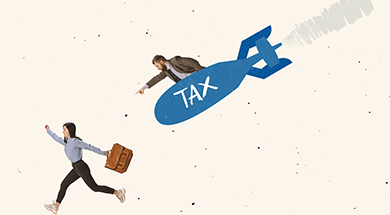The ATO has released updated information on claiming cryptocurrency losses and gains in your tax return.

The first point to understand is that gains and losses from crypto are only reported in your tax return when you dispose of it - you sell it, convert it to fiat currency, exchange it for another type of asset, buy something with it, etc. You cannot recognise market fluctuations or claim a loss because the value of your crypto assets changed until the loss is realised or crystallised.
Gains and losses from the disposal of cryptocurrency should be reported in your tax return in the year that the disposal occurred.
If you made a capital gain on crypto that was held as an investment and you held the crypto for more than 12 months then you may be able to access the 50% Capital Gains Tax (CGT) discount and halve the tax you pay.
If you made a loss on the cryptocurrency (capital loss) when you disposed of it, you can generally offset the loss against capital gains you might have (unless the crypto is a personal use asset). But, you can only offset capital losses against capital gains. You cannot offset these losses against other forms of income like salary and wages, unfortunately. If you don’t have any capital gains to offset, you can hold the losses and carry them forward for another future year when you can use them.
If you earned income from crypto such as airdrops or staking rewards, then these also need to be reported in your tax return.
And remember, keep records of your crypto transactions. The ATO has sophisticated data matching programs in place and cryptocurrency reporting is a major area of focus.

LEGAL
Liability limited by a scheme approved under Professional Standards Legislation.
Investngro Pty Ltd ABN 53 113 102 695 trading as Murray Nankivell Financial Planning, is an authorised representative of Count Financial Limited ABN 19 001 974 625 holder of Australian financial services licence number 227232 (“Count”). Count is owned by Count Limited ABN 111 26 990 832 of GPO Box 1453, Sydney NSW 2001. Count Limited is listed on the Australian Stock Exchange. Any taxation and accounting services are provided by Murray Nankivell and are not within the authority Count. The information on this web site is not financial product advice and is provided for information only.





